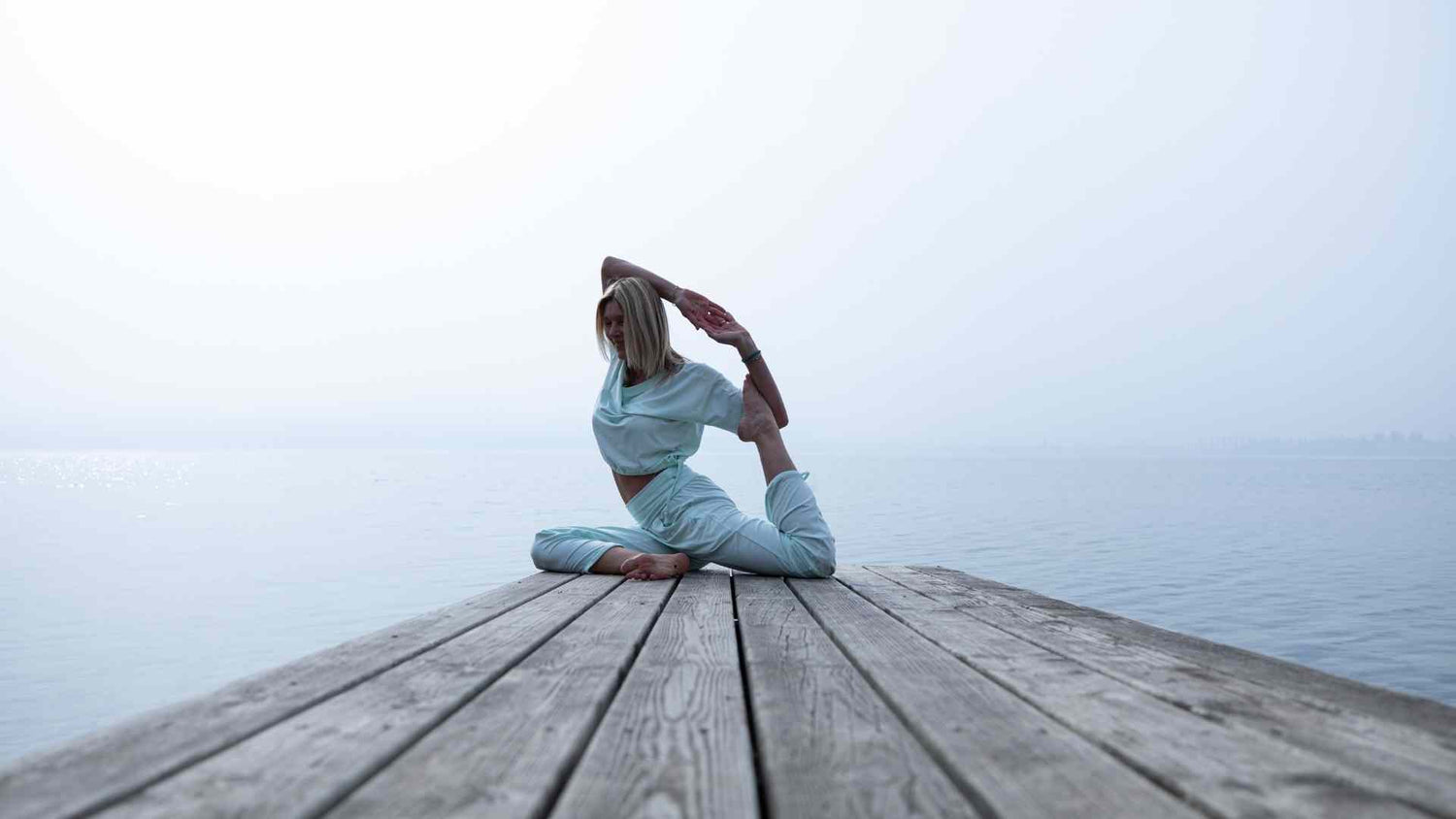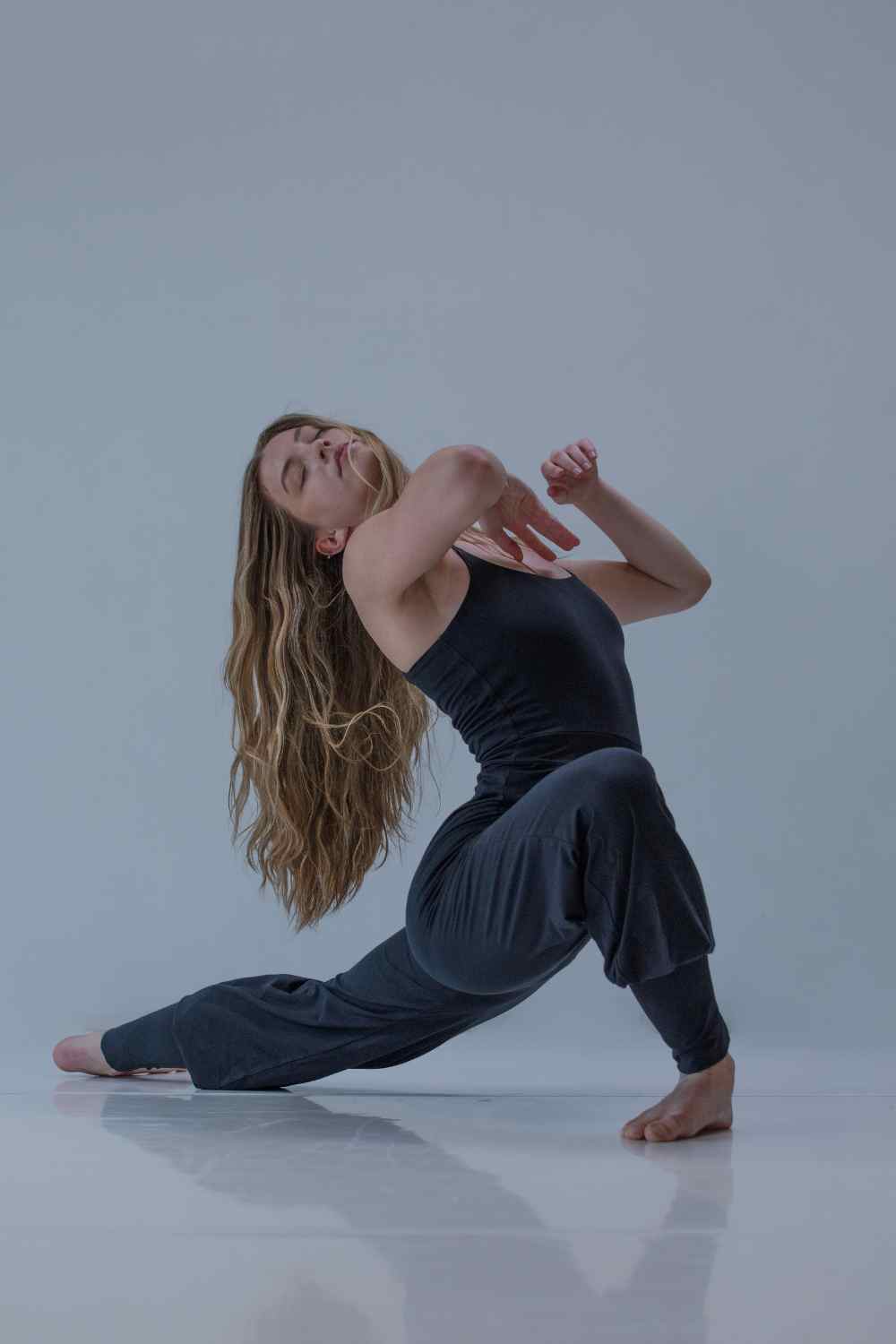10 ways to improve felxibility with yoga
-
Practice yoga regularly: The more you practice yoga, the more flexible you will become. Aim to practice at least a few times a week, and try to incorporate a variety of poses into your practice.
-
Warm up before practicing: It's important to warm up your muscles before starting a yoga practice. This can help reduce the risk of injury and make it easier to move into deeper stretches.
-
Hold poses for longer periods of time: As you become more comfortable in a pose, try holding it for longer periods of time. This can help improve your flexibility by allowing your muscles to slowly stretch and release tension.
-
Use props: Yoga props, such as blocks, straps, and blankets, can help support your body and make it easier to hold poses for longer periods of time.
-
Focus on your breath: Deep, controlled breaths can help relax your muscles and make it easier to move into deeper stretches.
-
Warm up before each pose: Take a few moments to warm up before moving into each pose. This can involve gently moving your body in different directions to help loosen up your muscles.
-
Use good form: Make sure to maintain good form while practicing yoga. This can help prevent injury and allow you to get the most out of each pose.
-
Listen to your body: It's important to listen to your body and respect its limitations. If a pose feels too difficult or uncomfortable, don't force it. Instead, try modifying the pose or using props to support your body.
-
Practice progressively: Gradually increase the intensity and duration of your practice over time. This can help you build up your flexibility gradually, rather than trying to do too much too soon.
-
Incorporate a variety of poses: Try practicing a variety of poses, including standing poses, seated poses, and inversions. This can help improve flexibility in different areas of the body and keep your practice interesting.
Flexibility of the spine and Kundalini yoga
Some of you know that at Breath of Fire we are deeply committed to kundalini yoga. Flexibility in the spine is important for overall mobility and can help reduce the risk of injury. Kundalini yoga is a type of yoga that focuses on activating the kundalini energy, or life force, located at the base of the spine. This energy is believed to be responsible for spiritual growth and enlightenment.
In Kundalini yoga, flexibility in the spine is often emphasized through the practice of spinal flexes and other spinal-strengthening poses. These poses can help improve the flexibility and strength of the spine, as well as improve overall mobility and balance.
Some examples of spinal-strengthening poses in Kundalini yoga include:
-
Cat-cow pose: This pose involves gently arching and rounding the spine while on all fours. It can help improve flexibility in the spine and lower back.
-
Spinal flex: This pose involves lying on your back and slowly lifting your head, shoulders, and legs off the ground. It can help improve flexibility in the spine and strengthen the abdominal muscles.
-
Snake pose: This pose involves lying on your stomach and lifting your upper body off the ground using your arms. It can help improve flexibility in the spine and strengthen the back muscles.
It's important to note that while these poses can help improve flexibility in the spine, it's important to listen to your body and respect its limitations. If a pose feels too difficult or uncomfortable, try modifying it or using props to support your body.
To find exercises related to spinal column flexibility in kundalini yoga here is a link to the kundalini yoga teaching library:https://www.libraryofteachings.com/
Want to know more about kundalni yoga and its magical powers? read our blog post https://breath-of-fire.com/blogs/infos/the-magical-powers-of-kundalini-yoga









